A wide variety of samples can be tested using TAS. The majority of the samples tested by Newport’s Technology and Application Center are transparent and tested in transmission, with the pump and probe passing through the sample. It is also possible to test samples in reflection by reconfiguring the probe light collection optics to accept the reflected light. The most difficult samples to test are those that scatter significantly, since refocusing the light into a fiber, or directly to the slit of the spectrograph, is difficult. Adding additional lenses, a fiber with a larger core diameter, or even free-space coupling to the spectrograph can help with, but not solve the problem.
Additionally, another concern is light induced damage or photobleaching from the pump beam. If the sample has a very long lifetime, it can be repumped to a higher excited state and the dynamics may be different than what you expect. In some cases, even the probe beam can cause damage, as the total energy can exceed 1 µJ. Thus, it is usually necessary to move the sample between laser pulses. If the sample is a non-viscous fluid, it can be stirred or recirculated to replenish the pumped sample volume between laser pulses. For solid or viscous liquid samples, the sample can be moved to similar effect. The standard TAS is shipped with a 2 mm path length cuvette and magnetic stirring assembly. As an option, TAS can be upgraded to include a cell with less path length (down to 100 µm) and a peristaltic pump for recirculating the sample, or add motion stages to move the sample.
If you are considering the purchase of a TAS system, we will test a sample for you and provide you with the data so that you can evaluate the quality of the system and applicability to your samples. In general, a good sample will have greater than 10% transmission (or reflection) at every probe wavelength where data is desired. Additionally, the sample should not be overly scattering since the probe light must be collected and refocused into a fiber for collection.
Below is an image of some of the sample data that we’ve collected with TAS. It shows a sample of gold nanorods. In our lab, TAS has been used to help researchers publish papers on the matter. We have also tested nanoparticle, photovoltaic, photosynthetic, and photoinitiator samples, amongst others. Please inquire for a list of papers published using our systems.
 Over 8,000 products in-stock! & FREE 2-Day shipping on all web orders!* Learn More FREE T-Shirt with orders $250+ Details
Over 8,000 products in-stock! & FREE 2-Day shipping on all web orders!* Learn More FREE T-Shirt with orders $250+ Details
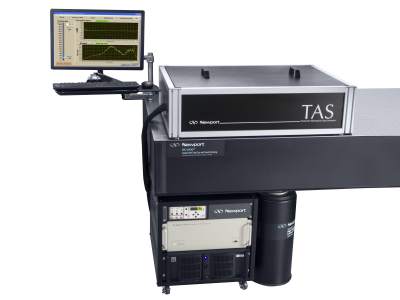
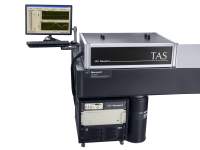

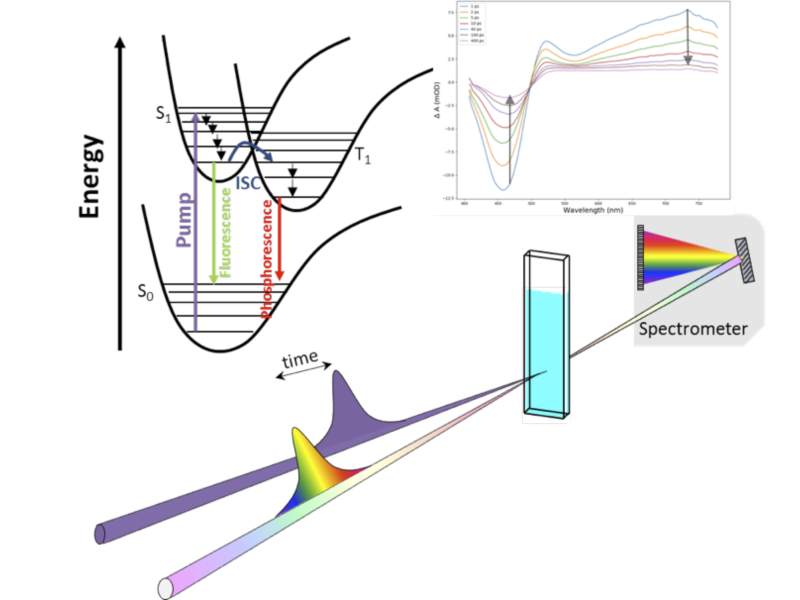
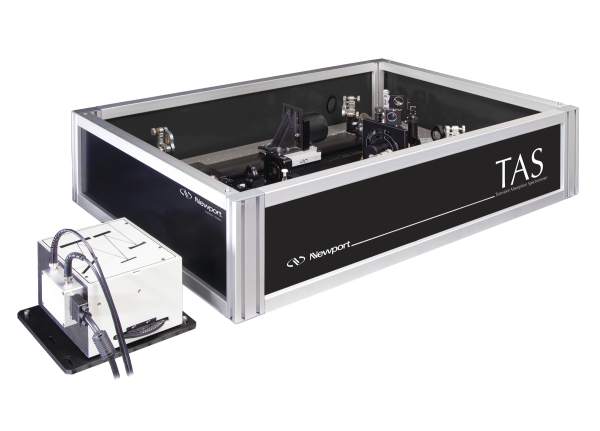
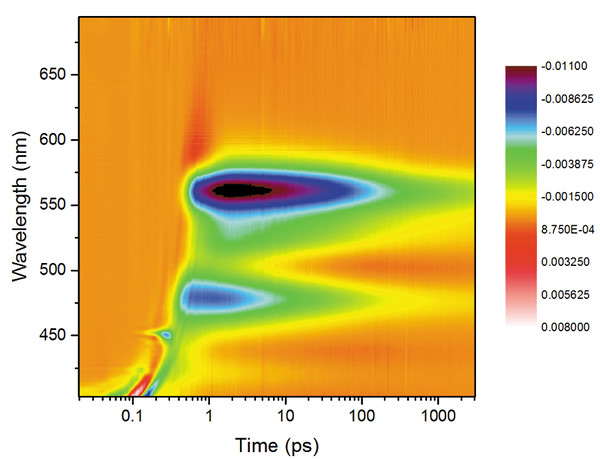
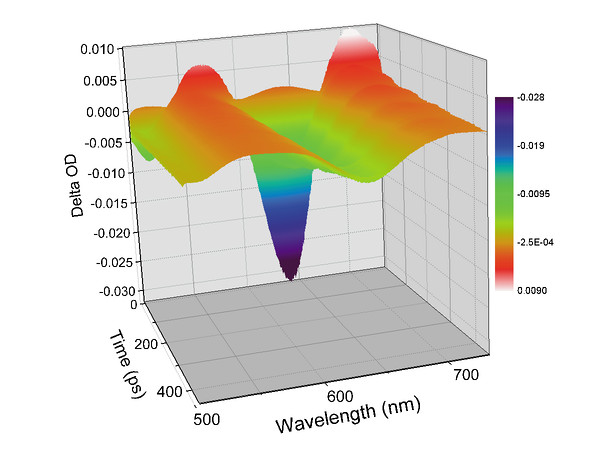
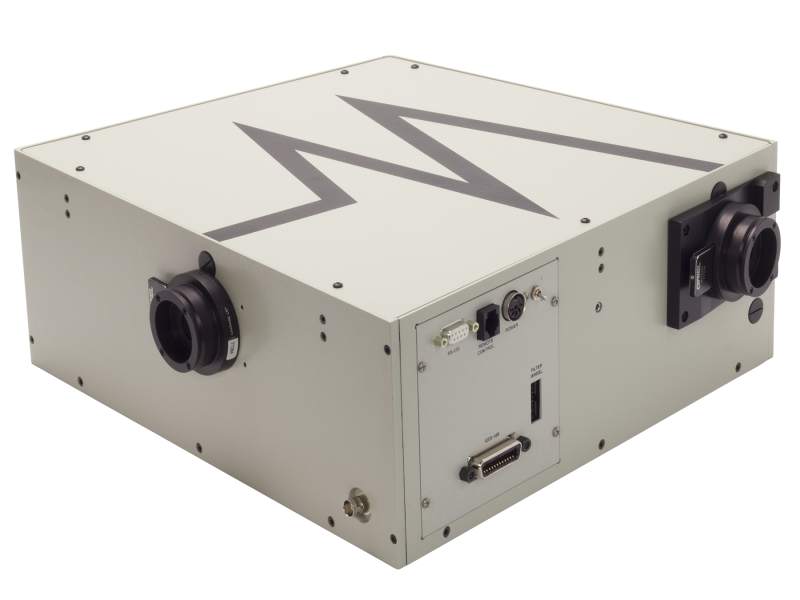
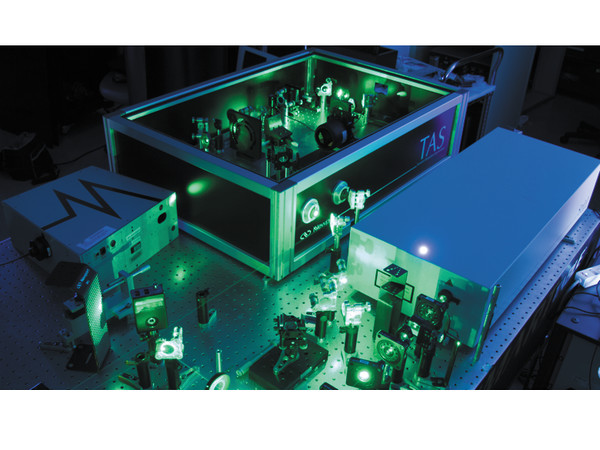
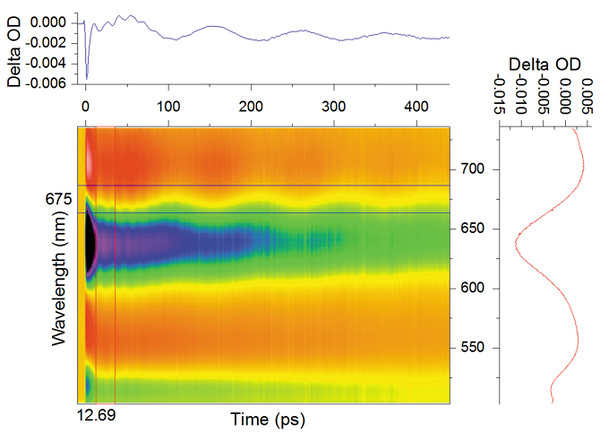
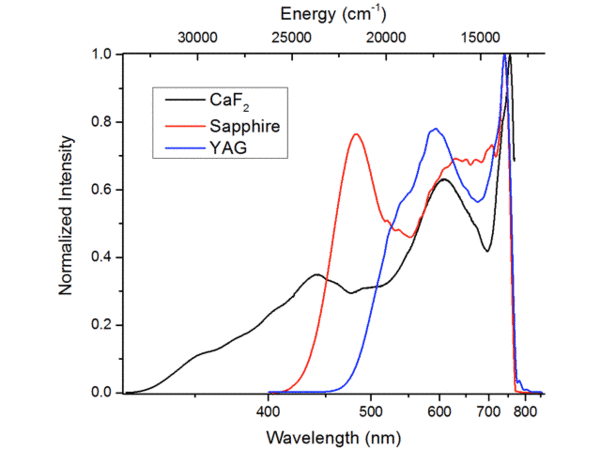
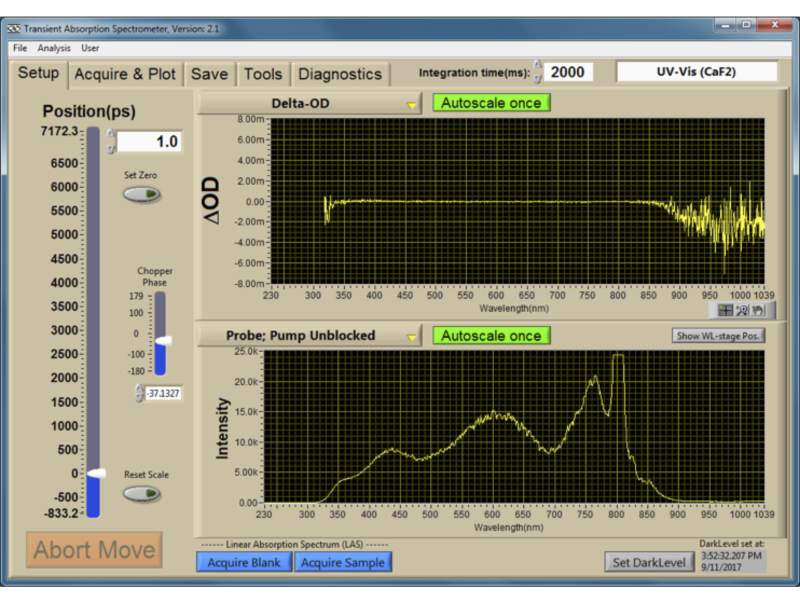
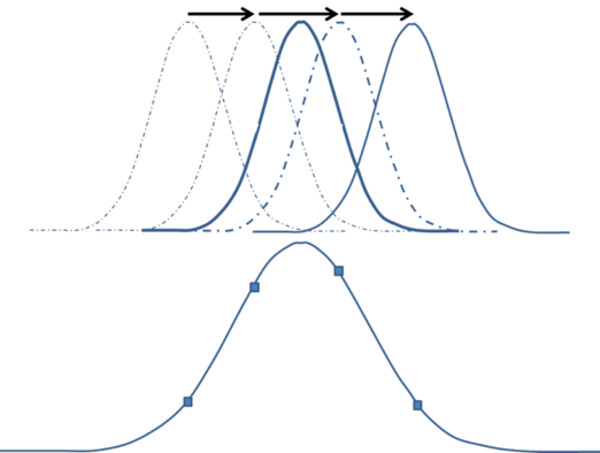
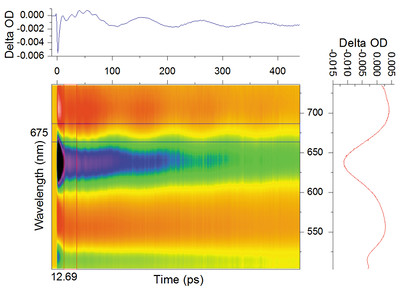
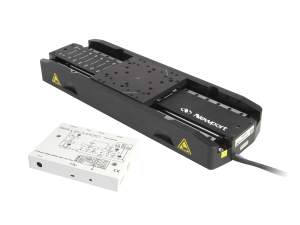
 Ultra-High Velocity
Ultra-High Velocity